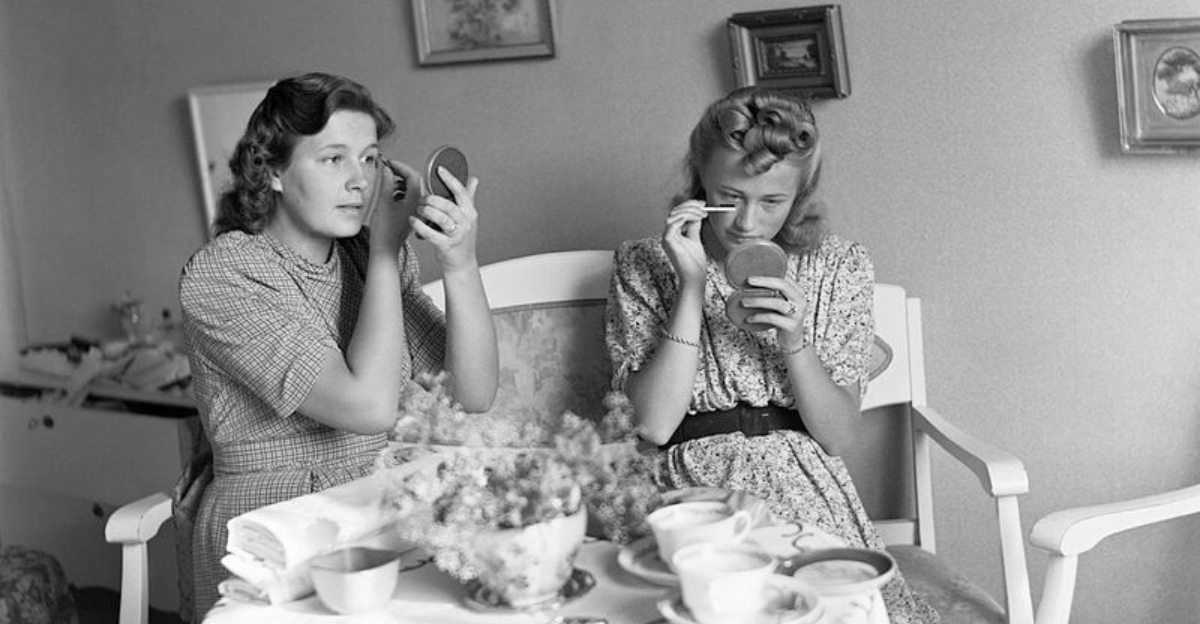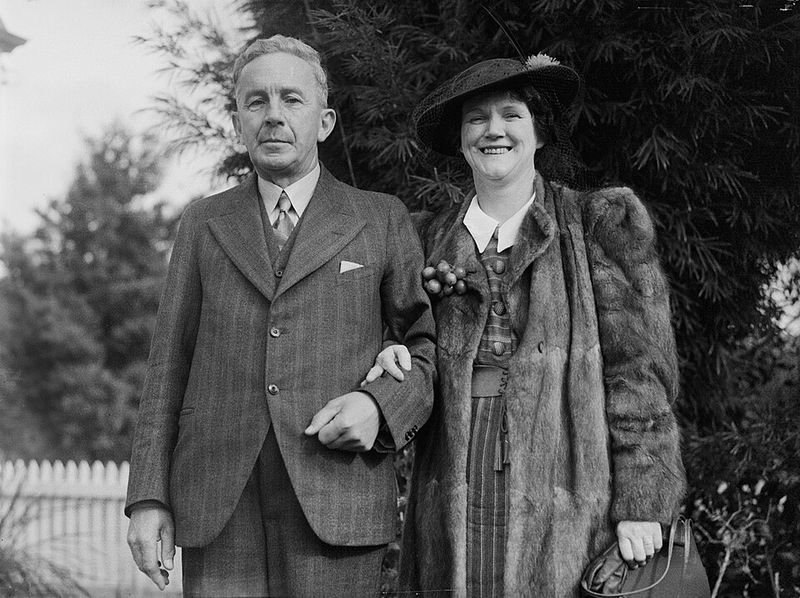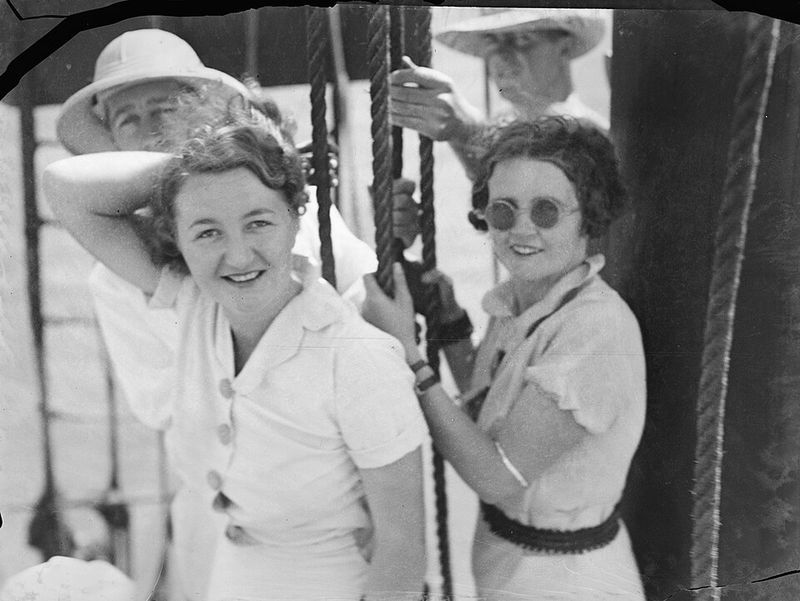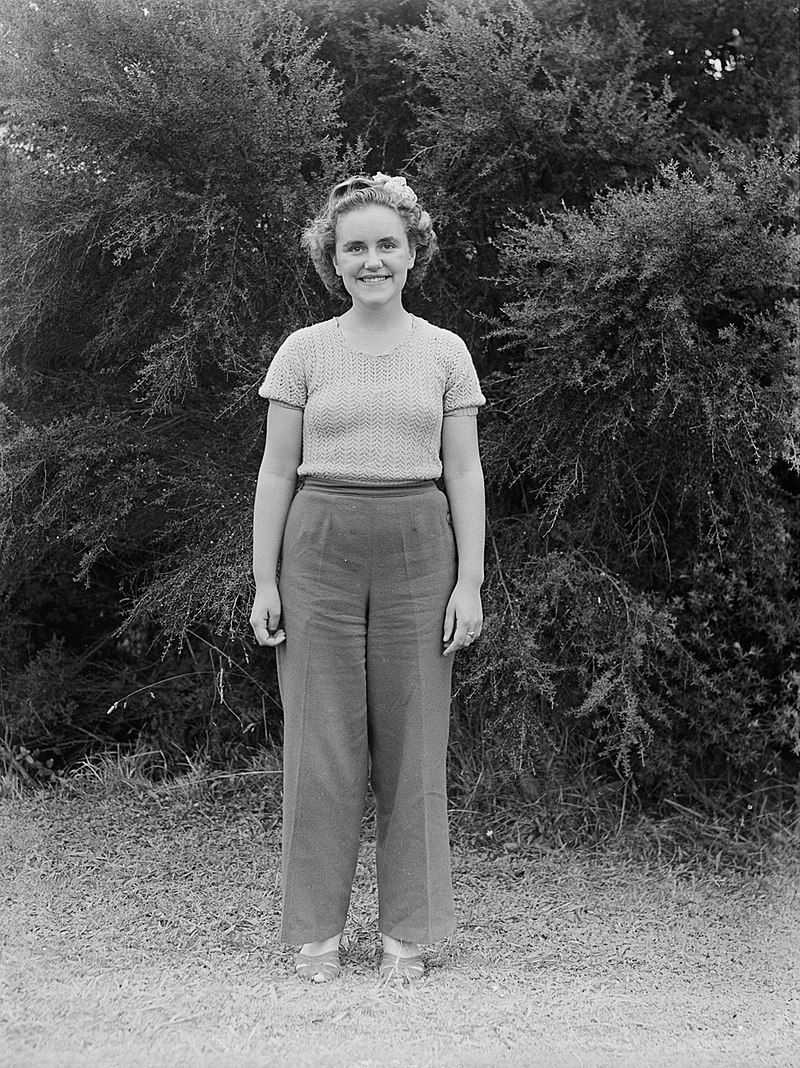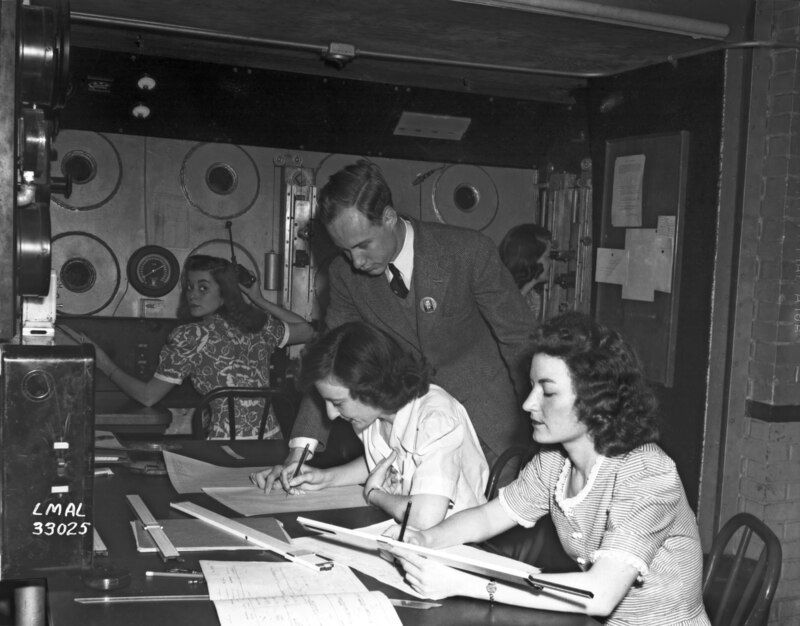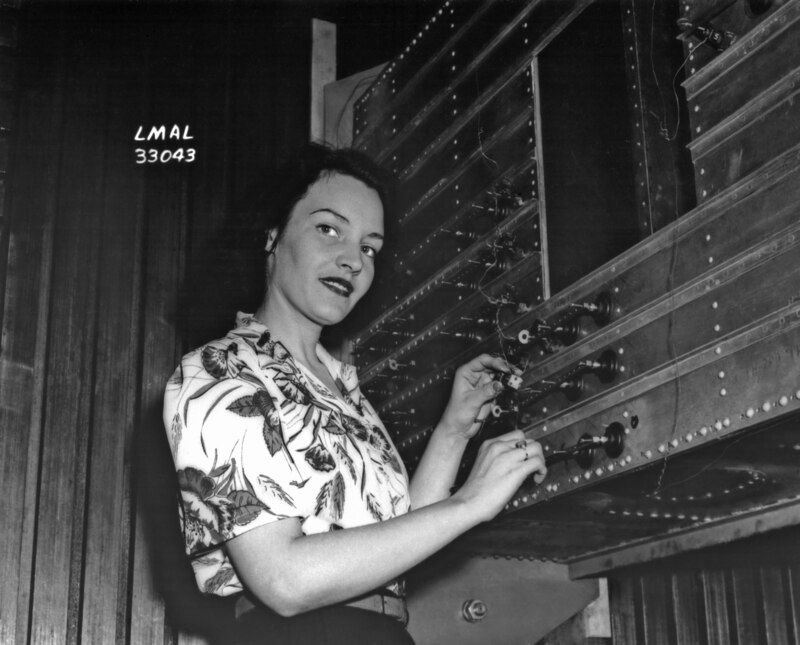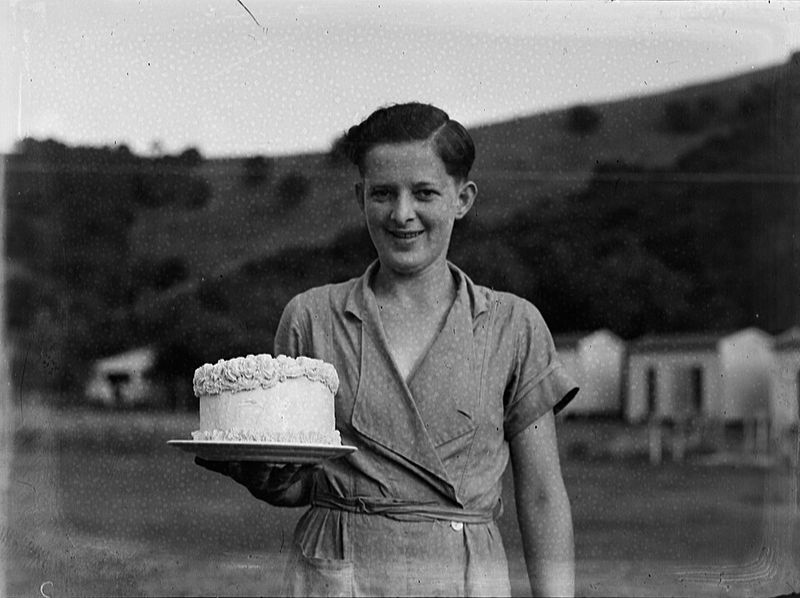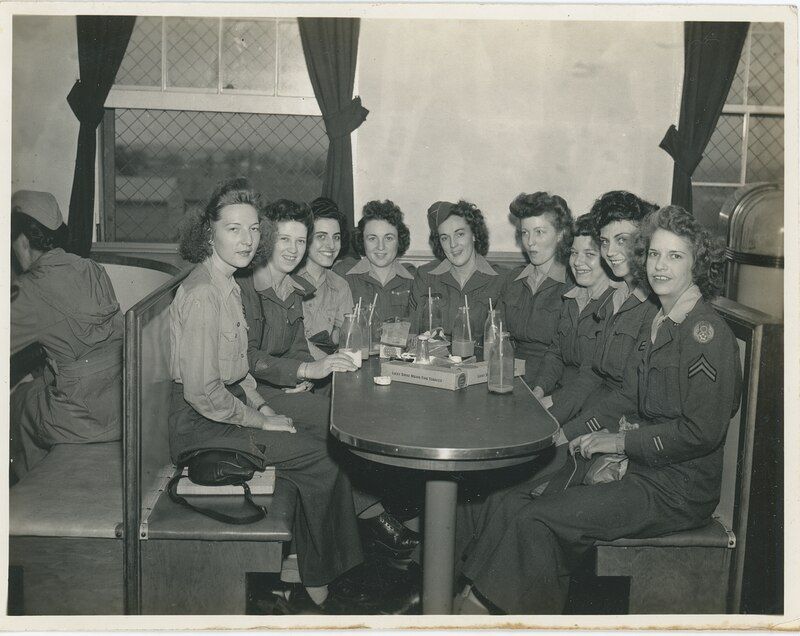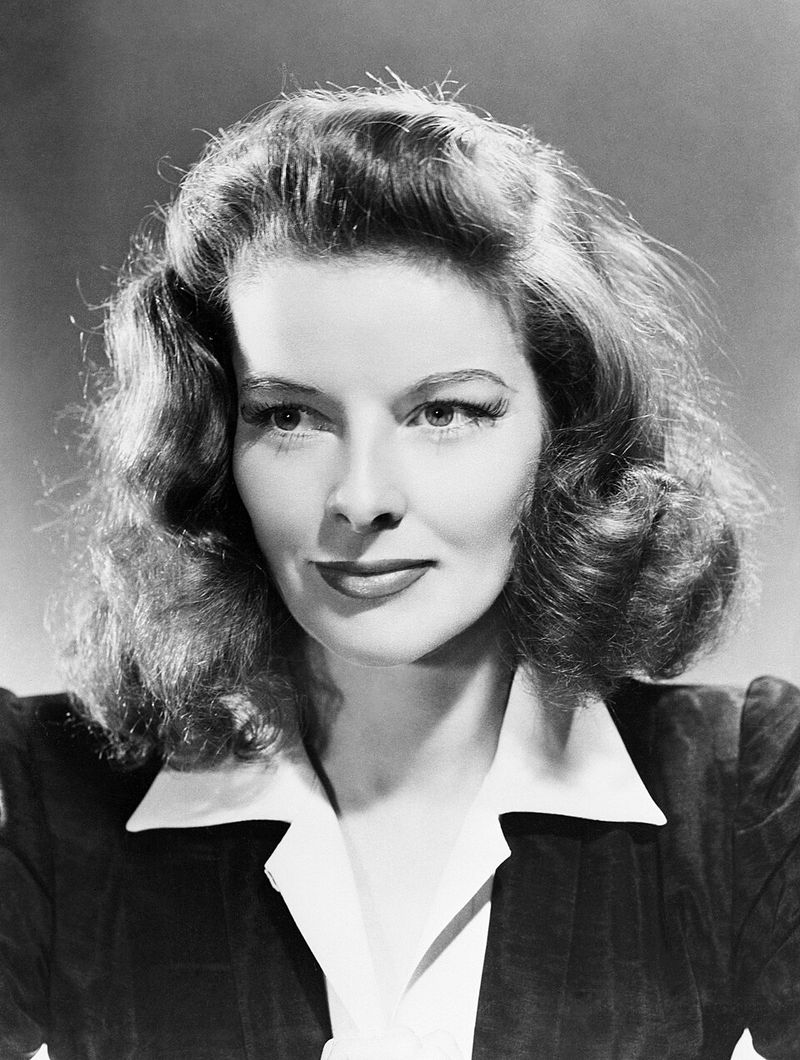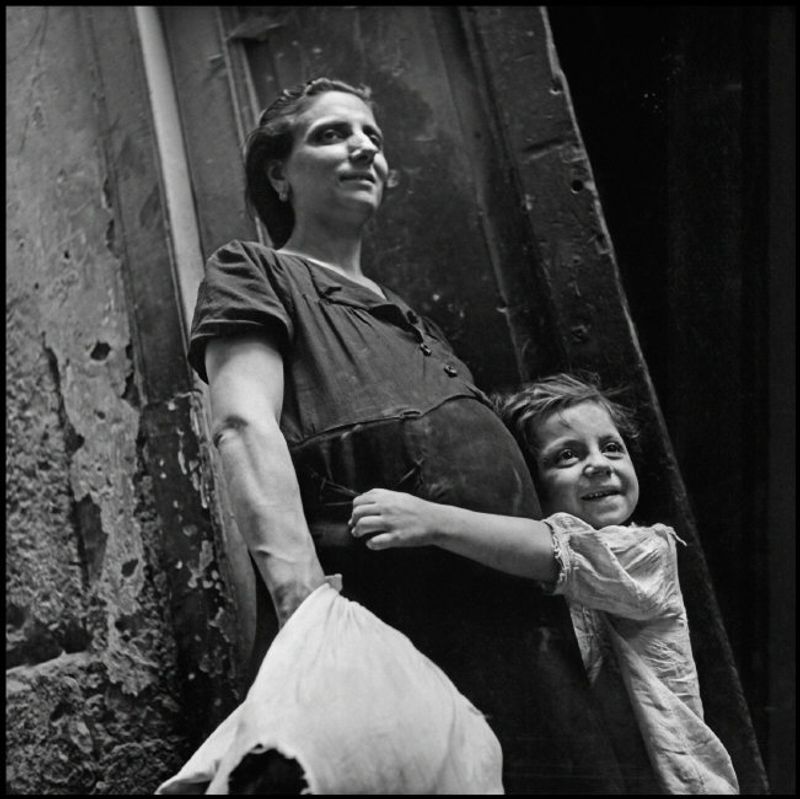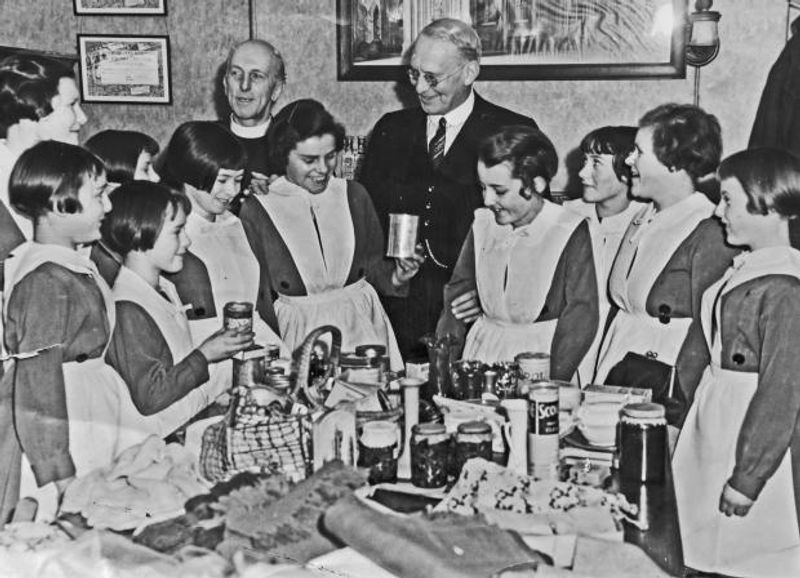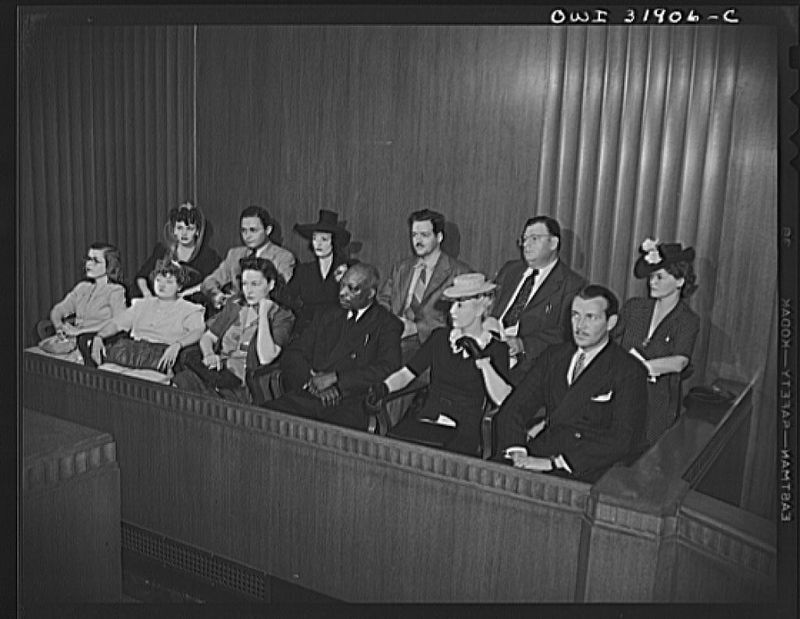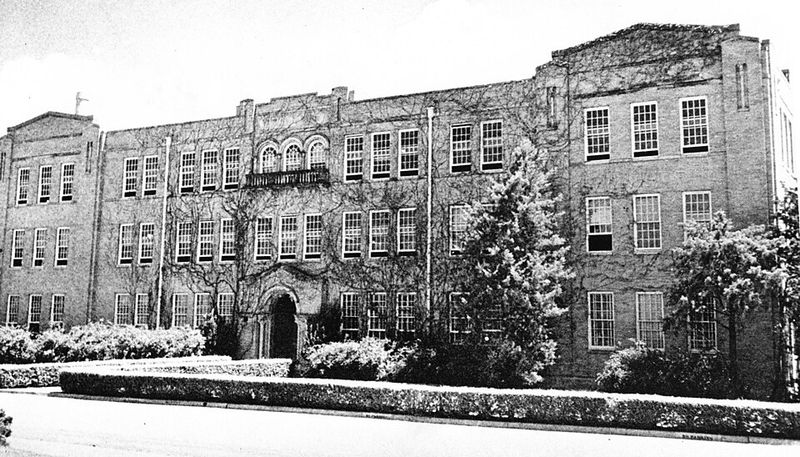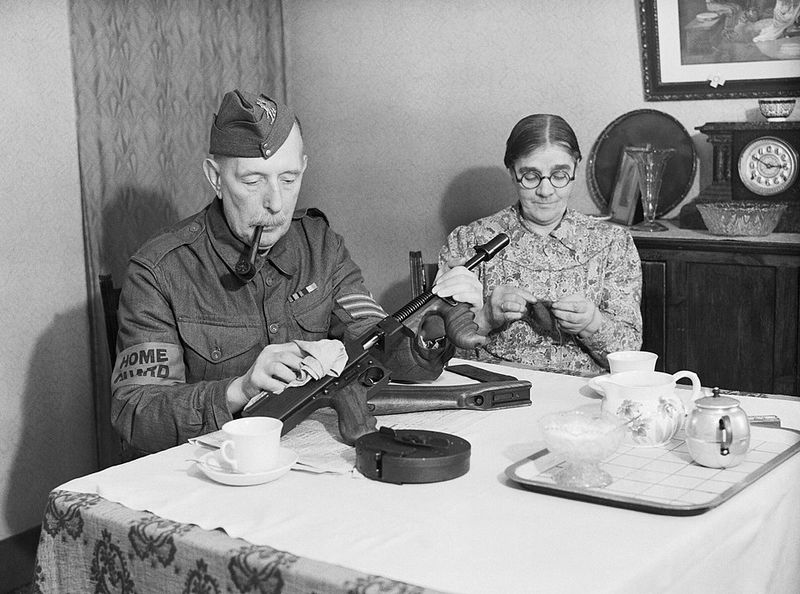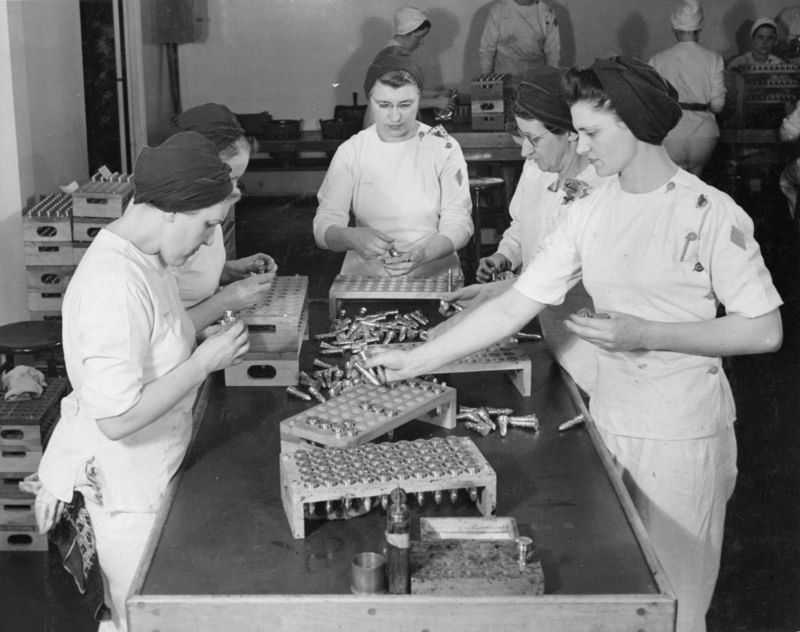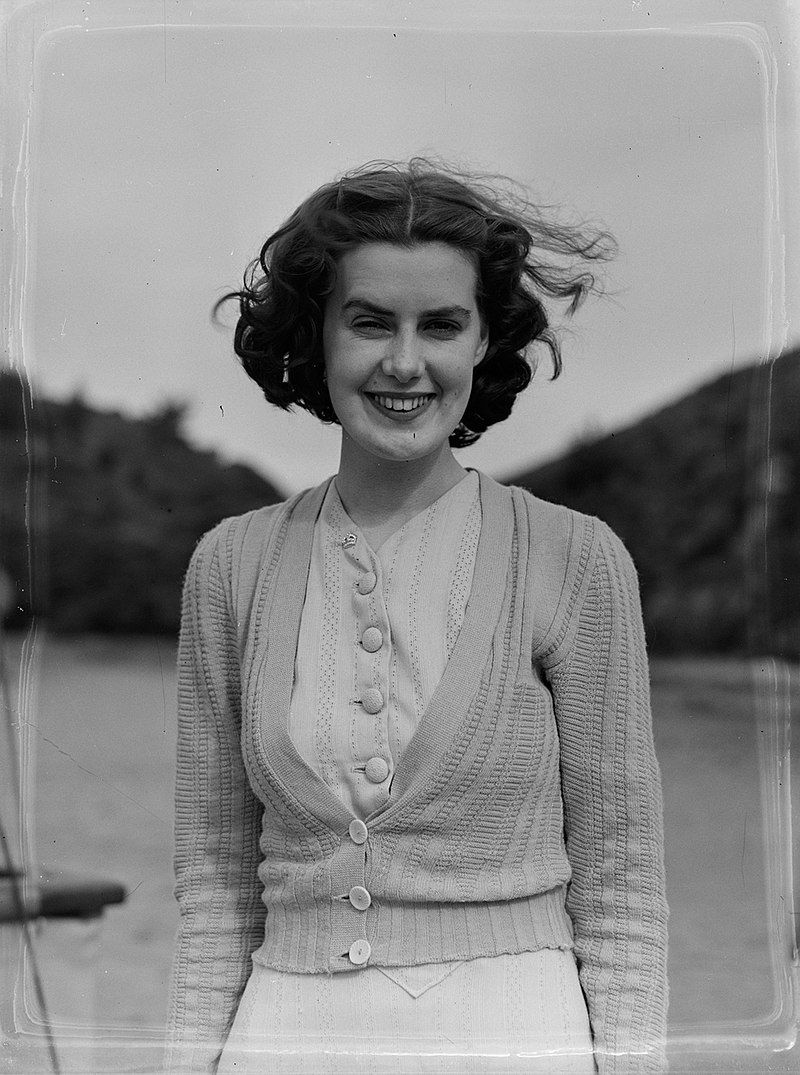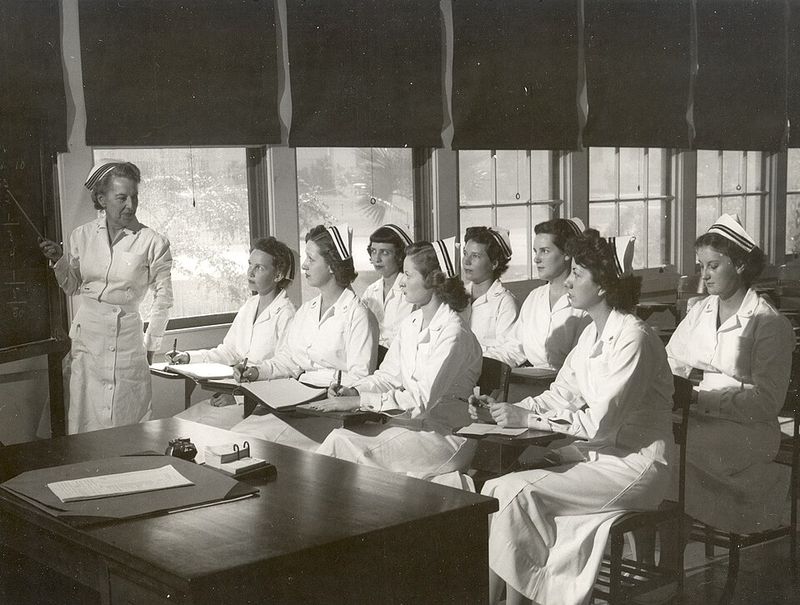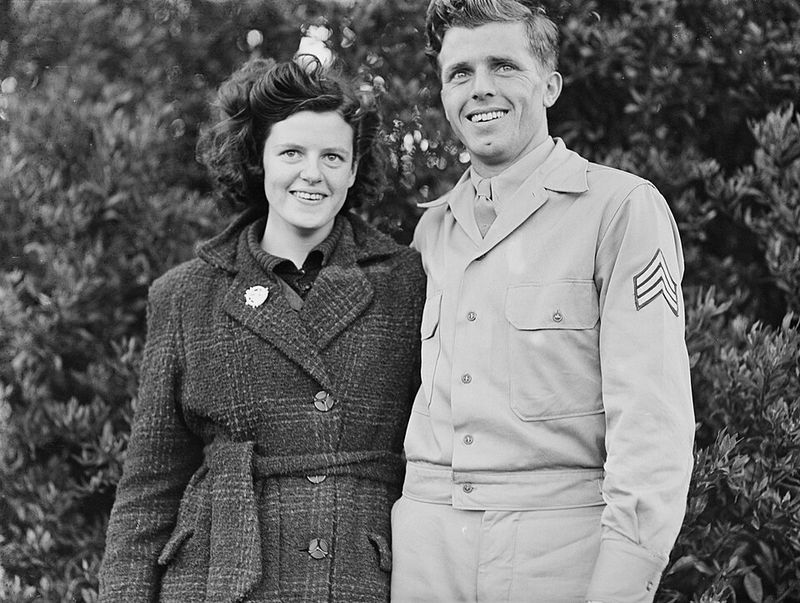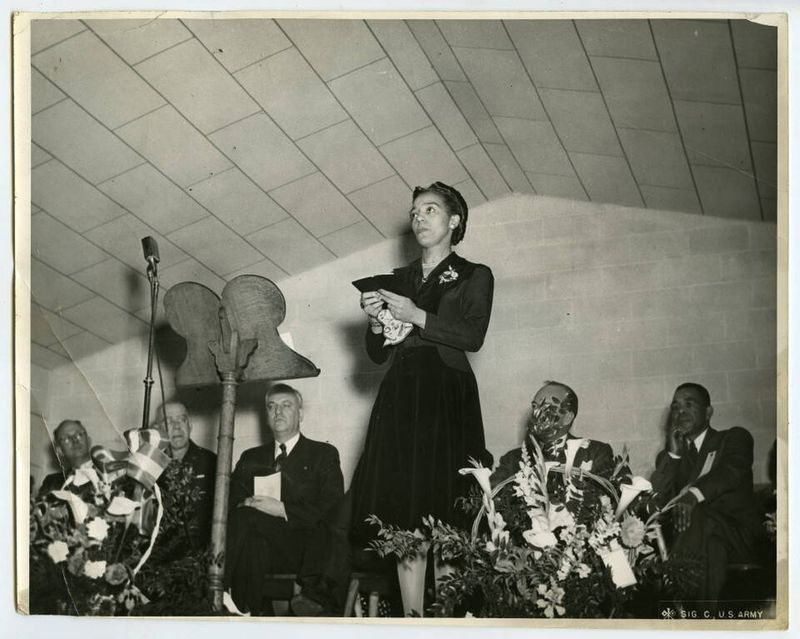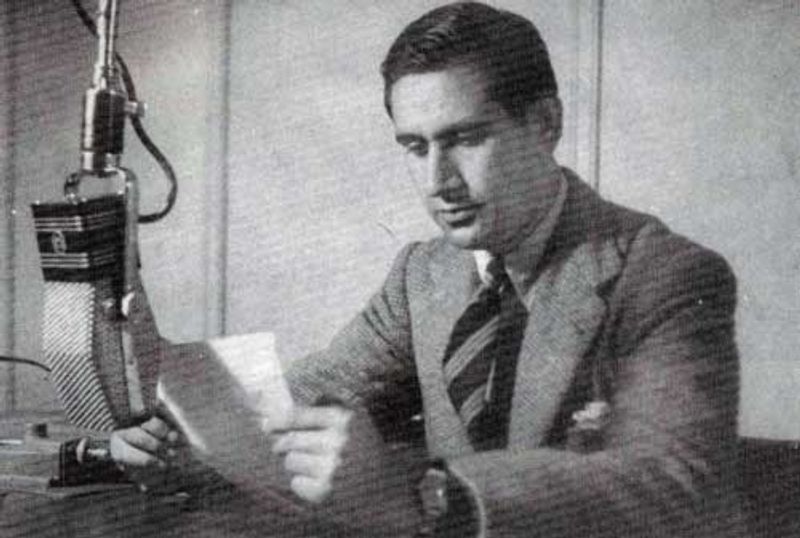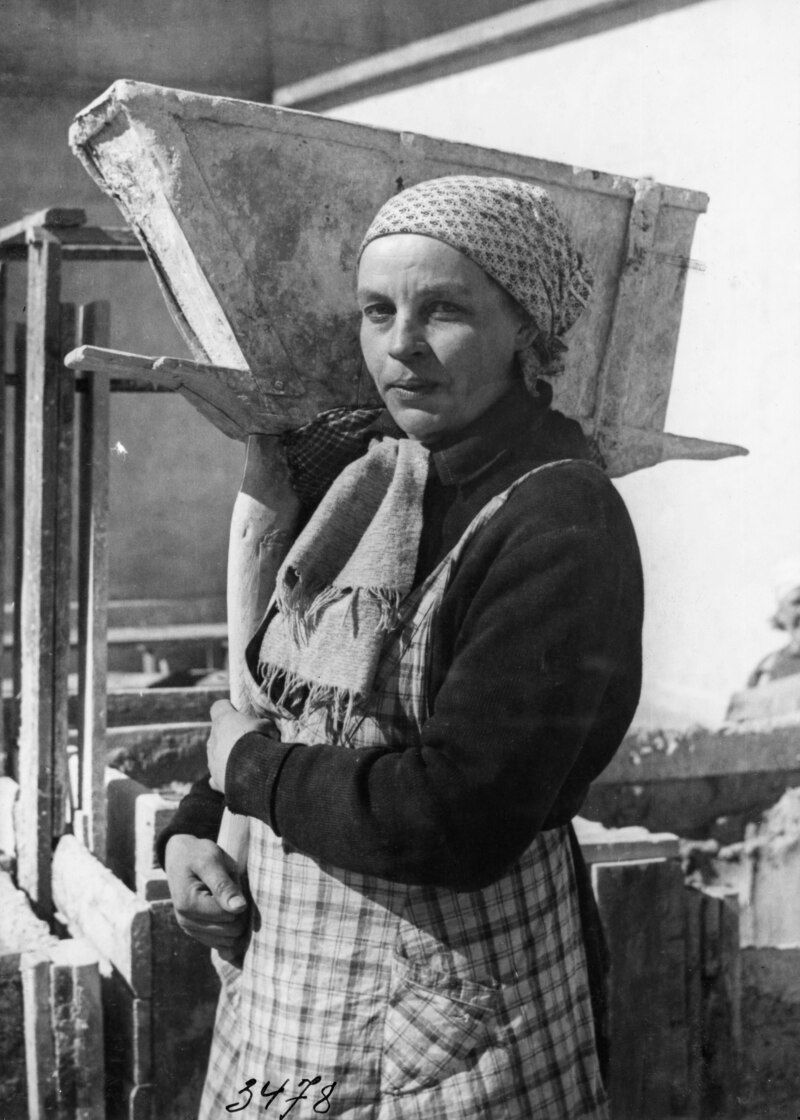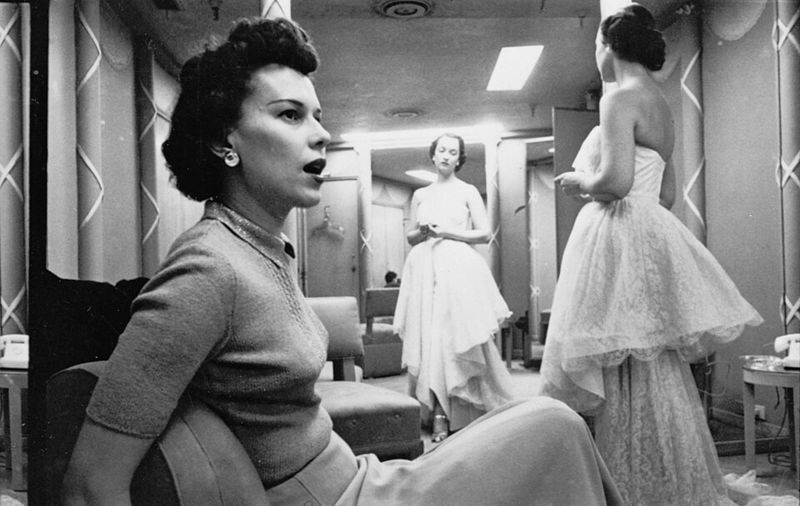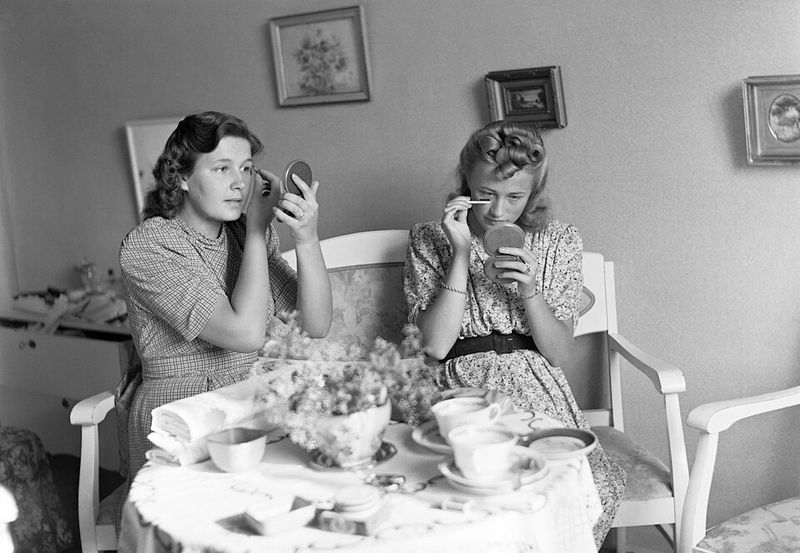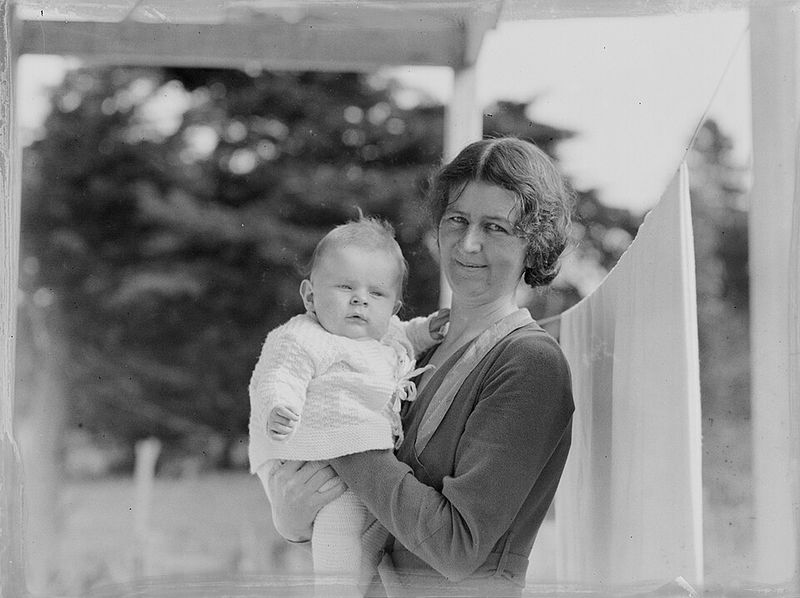The 1940s may be remembered for victory gardens, swing music, and Rosie the Riveter – but beneath the patriotic posters and ration books, women lived under a web of expectations that feel shocking today. From workplace restrictions to fashion codes, here are 23 rules that defined womanhood in the 1940s – and how far we’ve come since.
1. Women Needed a Male Co-Signer for Credit
In the 1940s, women had to have a male co-signer, usually a father or husband, to open a credit line. This dependence underscored the patriarchal structure of the era.
Banks considered women less financially capable, perpetuating the notion that men were the economic leaders of the household. This policy was just one of many that limited women’s financial independence.
Such practices reflected societal norms that viewed women as secondary citizens. Today, a credit score reflects responsibility, not gender. The progress since is significant, with women now able to own and manage financial assets independently.
2. Married Women Could Be Fired
In the corporate world of the 1940s, marriage could spell the end of a woman’s career. With policies known as “marriage bars,” many workplaces forced women to resign upon marrying. This was prevalent in teaching and clerical roles.
Employers believed married women would be less dedicated, assuming their priorities shifted entirely to home life. The expectation to leave work upon marriage reflected societal values that saw women’s primary role as homemakers.
These bars institutionalized gender roles, reinforcing the belief that a woman’s place was in the home. Today, marriage is a personal milestone, not a professional barrier, allowing women to balance both work and family.
3. Pants Were Considered Improper
Trousers were a fashion taboo for women in the 1940s, symbolizing a breach of gender norms. While practical in factories, pants were deemed inappropriate in public or professional settings.
Women who wore trousers outside of work faced judgment and were often seen as rebellious. This restriction highlighted the rigid gender expectations of the time, where clothing signified strict adherence to femininity.
Fashion has since evolved, allowing personal expression beyond gender norms. Pants are now a staple in women’s wardrobes, representing freedom and equality. This shift in fashion reflects broader changes in societal attitudes towards gender roles.
4. Wartime Jobs Were Temporary
During World War II, women stepped into the workforce to fill roles left vacant by men who went to fight. Yet, these opportunities were fleeting, with the expectation to vacate upon the soldiers’ return.
Women proved themselves capable in various fields, but post-war, they were encouraged to return to domestic duties. The temporary nature of these jobs reinforced the notion that a woman’s work was secondary.
This era highlighted women’s capabilities, sparking future movements for workplace equality. Today, women work alongside men in all industries, showcasing that skill and dedication are not confined by gender.
5. Divorce Carried Heavy Stigma
Divorce in the 1940s was accompanied by an aura of disgrace. Divorced women were often ostracized, denied housing, and perceived as morally flawed.
Society’s rigid views on marriage placed immense pressure on women to maintain appearances, regardless of personal happiness. The stigma was so severe that it could affect employment and social standing.
These views began to shift in later decades, as personal freedom and autonomy gained recognition. Today, divorce is seen as a personal choice rather than a social failure, reflecting progress in understanding individual rights and happiness.
6. Single Women Faced “Spinster” Pressure
In the 1940s, being single in your late twenties meant enduring the label of “old maid.” Society pressured women to marry young, equating marital status with social worth.
Unmarried women were often viewed with pity or suspicion, assumed to be unfulfilled or undesirable. This attitude confined women to a narrow idea of success centered around marriage.
Over time, the notion of spinsterhood faded as women embraced independence and career goals. Today, singlehood is a choice, not a stigma, with women defining success on their own terms beyond societal expectations.
7. Women Needed Permission to Enlist
Joining the military was not straightforward for women in the 1940s. Female enlistees often required parental consent, even as adults, reflecting societal control over women’s choices.
Strict moral and appearance standards were imposed, reinforcing the idea that women needed male oversight. Despite their contributions during wartime, they faced barriers that highlighted gender inequality.
This control has drastically changed, with women now serving in various roles across the military. The progress reflects a broader understanding of women’s autonomy and capacity to serve their country equally alongside men.
8. Beauty Standards Were Patriotic
During WWII, maintaining beauty was framed as a patriotic duty. Women were encouraged to wear makeup, with lipstick marketed as essential to morale.
The idea was that a polished appearance would boost spirits and support the war effort. This expectation reinforced the notion that a woman’s value was tied to her looks.
Beauty standards have since evolved, allowing for more personal expression. The shift away from rigid expectations reflects a greater understanding and acceptance of diverse definitions of beauty, untethered from nationalistic or gendered pressures.
9. Pregnant Women Were Expected to Quit Work
Expectant mothers in the 1940s faced an abrupt end to their careers. Societal norms dictated that pregnant women resign, regardless of their health or desire to continue working.
This unwritten rule underscored the belief that a woman’s primary role was motherhood, sidelining her professional contributions. It reflected broader societal attitudes that limited women’s autonomy.
Over the decades, workplace policies evolved to accommodate and support working mothers. Today, pregnancy is no longer a career barrier, with policies in place to support family-life balance, reflecting a recognition of women’s rights and capabilities.
10. School Curriculums Focused on Homemaking
Education for girls in the 1940s was largely focused on preparing them for domestic life. Classes in cooking, sewing, and childcare were staples, steering girls toward homemaking rather than careers.
This narrow curriculum reflected societal expectations that women’s futures lay in managing households. The lack of diverse educational opportunities limited women’s professional prospects.
Over time, educational systems expanded to include diverse subjects, encouraging girls to pursue varied careers. Today’s curriculums promote equal opportunities, recognizing the value of empowering all students to follow their interests and talents.
11. Jury Duty Was for Men Only (in Many States)
In the 1940s, many states barred women from serving on juries, reflecting gender biases in legal systems. Jury duty was seen as a male responsibility, excluding women from this civic role.
This exclusion reinforced the idea that women were less capable of impartial judgment. It highlighted broader societal views that marginalized women’s voices in public spheres.
Legal reforms over the years have dismantled these barriers, allowing women to participate equally in the judicial process. Today, jury duty is a civic obligation shared by all, reflecting a more inclusive understanding of citizenship.
12. Women Couldn’t Attend Certain Colleges
The academic world of the 1940s was often closed to women, with prestigious colleges like Yale and Princeton remaining male-only institutions. This exclusion limited women’s educational opportunities.
Higher education was seen as a male domain, reinforcing gender disparities in professional fields. Women had to seek education in women’s colleges or in limited co-educational institutions.
The landscape has dramatically changed, with women now actively participating in all areas of academia. This shift reflects broader advances in gender equality, recognizing women’s right to education and their contributions to intellectual and professional fields.
13. Wives Were Expected to Obey
Marriage vows in the 1940s often included the word “obey,” underscoring a husband’s control over household decisions. This expectation reflected broader societal norms of male dominance.
Legal systems reinforced this by granting husbands authority over finances and property, ensuring a wife’s compliance. Wives were expected to prioritize their husband’s needs and decisions.
Today, marriage is viewed as a partnership of equals, with mutual respect and shared responsibilities. The evolution of marriage vows and legal rights reflects a more equitable understanding of relationships and gender roles.
14. Working Women Earned Half as Much
The wage gap was stark in the 1940s, with women earning only 50–60% of what men made for the same job. This disparity reflected deeply ingrained gender biases in the workplace.
Women were often relegated to lower-paying roles, and even within the same roles, their contributions were undervalued. This economic inequality limited women’s financial independence.
Efforts to address the wage gap have continued over the decades, striving towards equal pay for equal work. While progress has been made, the ongoing fight for wage equality highlights the importance of recognizing and valuing women’s contributions in all fields.
15. Fashion Was Heavily Regulated
During wartime, the U.S. government imposed strict regulations on fashion to conserve resources. Skirt lengths were dictated, and full skirts and cuffs were banned as wasteful.
These regulations reflected the utilitarian demands of the time, prioritizing resource conservation over personal expression. Women had to navigate these restrictions within their everyday lives.
Fashion has since evolved to promote freedom and creativity, reflecting a departure from constraints that once dictated personal style. Today, self-expression through clothing is celebrated, underscoring a broader acceptance of individuality beyond societal constraints.
16. Nurses Couldn’t Marry
Some hospitals in the 1940s had policies forbidding nurses from marrying, viewing them as “distracted” if wed. This was intended to ensure full dedication to their demanding roles.
The assumption was that marriage would hinder their professional focus, highlighting gendered expectations of work-life balance. These rules restricted personal freedom and autonomy.
The healthcare field has since evolved, valuing the contributions of all professionals, irrespective of marital status. Today, personal life choices are respected, recognizing that a fulfilling career and personal happiness can coexist harmoniously.
17. Women Couldn’t Serve on Combat Frontlines
Military service for women in the 1940s was limited to nursing, clerical work, and communications, excluding them from combat roles. This restriction underscored gender biases within military structures.
The belief was that women were unsuited for the physical demands of combat, reinforcing traditional gender roles. Their contributions, though vital, were confined to supportive positions.
Over time, these barriers have been challenged, with women now serving in various combat and leadership roles. This progress reflects a growing recognition of women’s capabilities and their right to serve their country on equal footing with men.
18. Social Clubs Excluded Women
Professional and social clubs in the 1940s often barred women, excluding them from networking opportunities crucial for career advancement. These clubs were bastions of male camaraderie and business dealings.
Women’s exclusion from these spaces reflected broader societal views that marginalized their professional potential. This limitation hindered women’s ability to build influential connections.
The fight for inclusion has transformed these spaces, with women now participating fully in professional networks. This inclusion underscores the importance of equal access to opportunities, acknowledging the value of diverse perspectives and contributions.
19. Female Reporters Were Restricted
In the 1940s, female reporters found themselves restricted to “women’s pages,” focusing on fashion, weddings, and society gossip. Hard news was deemed inappropriate for women.
This segregation reinforced stereotypes that women were less capable of handling serious journalism, limiting their professional growth. It reflected broader societal attitudes about gender roles.
The journalism field has evolved, with women now leading in all areas of reporting. This transformation underscores the importance of diverse voices in media, recognizing that journalistic talent transcends gender limitations.
20. Widows Were Urged to Remarry Quickly
In the 1940s, widows were often encouraged to remarry quickly, as a woman without a husband was seen as incomplete. This pressure reflected societal beliefs that valued women primarily through their marital status.
Remarriage was seen as a means of financial and social stability, disregarding personal readiness or desires. This expectation limited women’s autonomy and life choices.
The perception of widowhood has shifted, with women now given the space to grieve and decide their future on their terms. This evolution reflects greater respect for individual choice and the recognition of women’s independent identities.
21. Homosexuality Was Criminalized
Lesbian relationships in the 1940s were taboo and could result in institutionalization or loss of employment. Homosexuality was criminalized, forcing many to live in secrecy.
The societal condemnation was rooted in rigid gender and sexual norms, leading to widespread discrimination and fear. This atmosphere stifled personal freedom and expression.
Over the decades, attitudes towards LGBTQ+ communities have evolved, embracing diversity and acceptance. Legal and social reforms continue to advance, promoting equality and understanding, reflecting a broader commitment to human rights and love in all its forms.
22. Makeup Was a Moral Expectation
In 1940s urban areas, going bare-faced was seen as “unkempt” or “unpatriotic.” Makeup was a moral expectation, with societal pressure to maintain a polished appearance.
This standard was tied to national morale during wartime, suggesting that beauty bolstered spirits. Women faced judgment if they failed to adhere to these expectations, reflecting broader gender norms.
The beauty industry has since evolved, offering diverse products that celebrate individuality. The shift away from strict beauty standards highlights a growing acceptance of personal expression, recognizing that beauty is varied and subjective.
23. Women Couldn’t Buy Birth Control Easily
Access to birth control in the 1940s was heavily restricted, particularly for unmarried women. Contraceptives were often denied, reinforcing societal control over women’s reproductive rights.
This limitation reflected broader attitudes that sought to regulate women’s bodies and choices, confining them to traditional roles as wives and mothers. The lack of access limited women’s autonomy over their own lives.
Today, reproductive rights have become a central focus of gender equality, recognizing the importance of personal choice and health. Access to birth control is seen as a fundamental right, supporting women’s freedom and independence.
